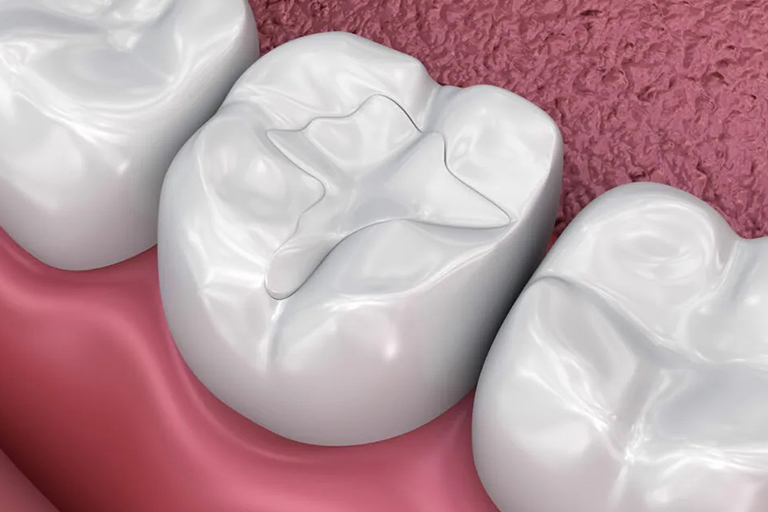
- Home
- About
- Our Team
- Services
- Postoperative Care
- Smile Gallery
- Medical Tourism
- Blog
- Offers
- Contact Us
- Home
- About
- Our Team
- Services
- Postoperative Care
- Smile Gallery
- Medical Tourism
- Blog
- Offers
- Contact Us

Well, the answer is a big yes! There are different types of materials that are used to restore decayed teeth. The decayed portion of the tooth is removed, and then it is filled or restored with a material known as a tooth filling. Let us have a look at 5 different types of tooth fillings:
1. Silver amalgam filling
This is the oldest and most commonly known filling material. The material is a combination of silver with traces of tin, copper, zinc, and mercury. It is common due to its low cost, good strength, and durability (up to 12 years). It is preferred by dental practitioners due to its high malleability.
The major drawback of a silver amalgam filling is that it is not pleasing aesthetically, so not preferred in the front teeth or teeth that are visible when you smile. This filling can expand due to temperature changes and can result in tooth cracks. Further, there can be a gap between the filling of teeth providing a passage to seepage of fluids, food debris, and bacteria. Despite the debate surrounding mercury in silver amalgam, it has been approved for use as a filling material.

2. Composite filling
Plastic and resin are used in the fabrication of composite fillings. It is put inside the tooth when it is still soft, and then it is hardened under a strong curing light. It is a popular choice since it can be made to match the patient’s natural teeth, making it less noticeable than a silver amalgam filling. Composite fillings can last for five to ten years at most, at which point a replacement may be necessary.
3. Glass ionomer filling
This filling material is made with a mixture of glass and acrylic. It is recommended in Children because their teeth are in the formative stage or still developing. To prevent further decay, this filling releases fluoride into the tooth. Since the durability is less than the composite resin and also these are prone to cracking or wearing out, they last only for a few years.
4. Ceramic filling
Ceramic fillings are more expensive than other fillings, but they are tooth-colored and outperform composite resin in terms of stain and abrasion resistance. Since they are made of porcelain, they are both aesthetically pleasing and durable.
The drawback of ceramic filling is that it is more brittle than composite filling, so it must be used for restoring big cavities to prevent breakage.
In conclusion, we may have a choice of aesthetics and a concern related to the durability of fillings material. Based on the severity of your tooth decay, your dental practitioner is the best person to guide you for the best choice of filling material. You must see a dentist for dental restoration if you have tooth decay.
